Lake Nakuru National Park – Flamingos, Rhinos & Scenic Safari Tours
Welcome to Lake Nakuru National Park, one of Kenya’s most iconic safari destinations. Nestled in the heart of the Great Rift Valley, this breathtaking park is world-renowned for its massive flamingo population, endangered white and black rhinos, and rich diversity of wildlife.
Whether you’re visiting on a day trip from Nairobi or including Nakuru in a multi-day itinerary, this park delivers unforgettable moments for nature lovers, photographers, and families alike.
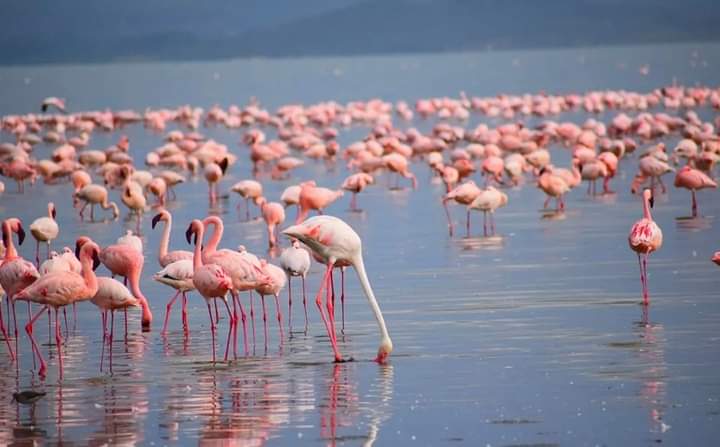
Why Visit Lake Nakuru National Park?
Flamingos at Lake Nakuru
Once home to over a million pink flamingos, still a top birding paradise today
Black and White Rhinos
One of the best places in Kenya to see rhinos up close
Leopards, Lions, and Hyenas
Among the Big Five predators that roam the park
Over 400 species of birds
A haven for ornithologists
Spectacular viewpoints
Baboon Cliff, Lion Hill, and the "Out of Africa" overlook offer unbeatable views
What to Expect on a Safari to Lake Nakuru
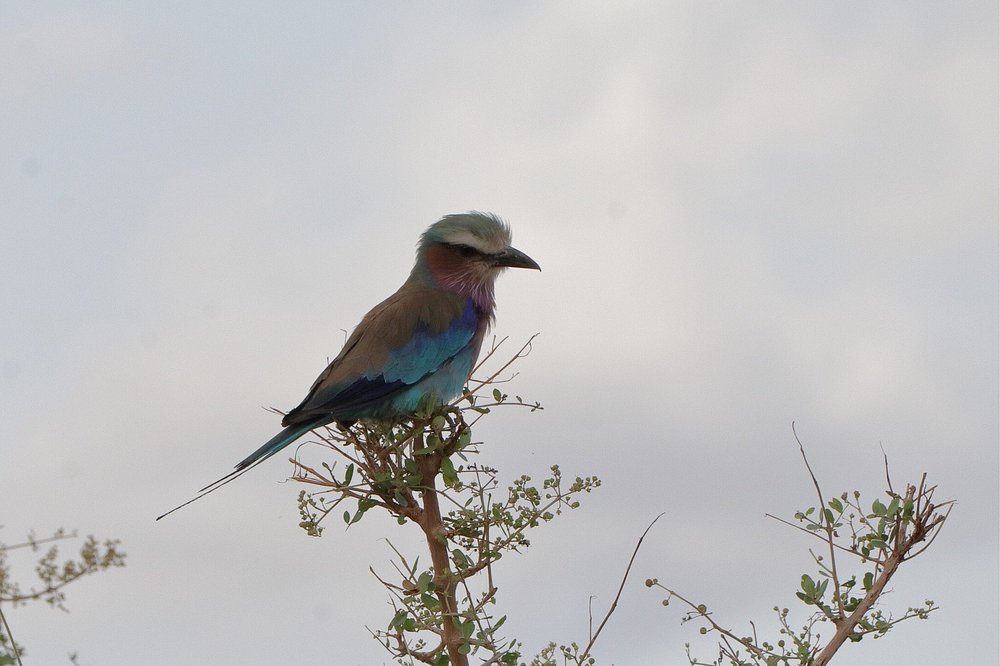
Located just 160 km (approx. 2.5–3 hours) from Nairobi, Lake Nakuru is ideal for both day tours and overnight safaris. The park is compact, making it perfect for visitors with limited time.
Popular activities include:
Game drives to spot rhinos, buffaloes, giraffes, and flamingos
Birdwatching at the lakeshore
Exploring acacia forests and waterfall walks
Photography from elevated viewpoints
Best Time to Visit Lake Nakuru National Park
Lake Nakuru is a year-round safari destination, but the best times to visit are:
June to October – Dry season; easier animal sightings
January to March – Ideal for birdwatching and photography
November & April – Short rainy seasons; fewer crowds but some muddy tracks
Lake Nakuru National Park Entrance Fees 2025
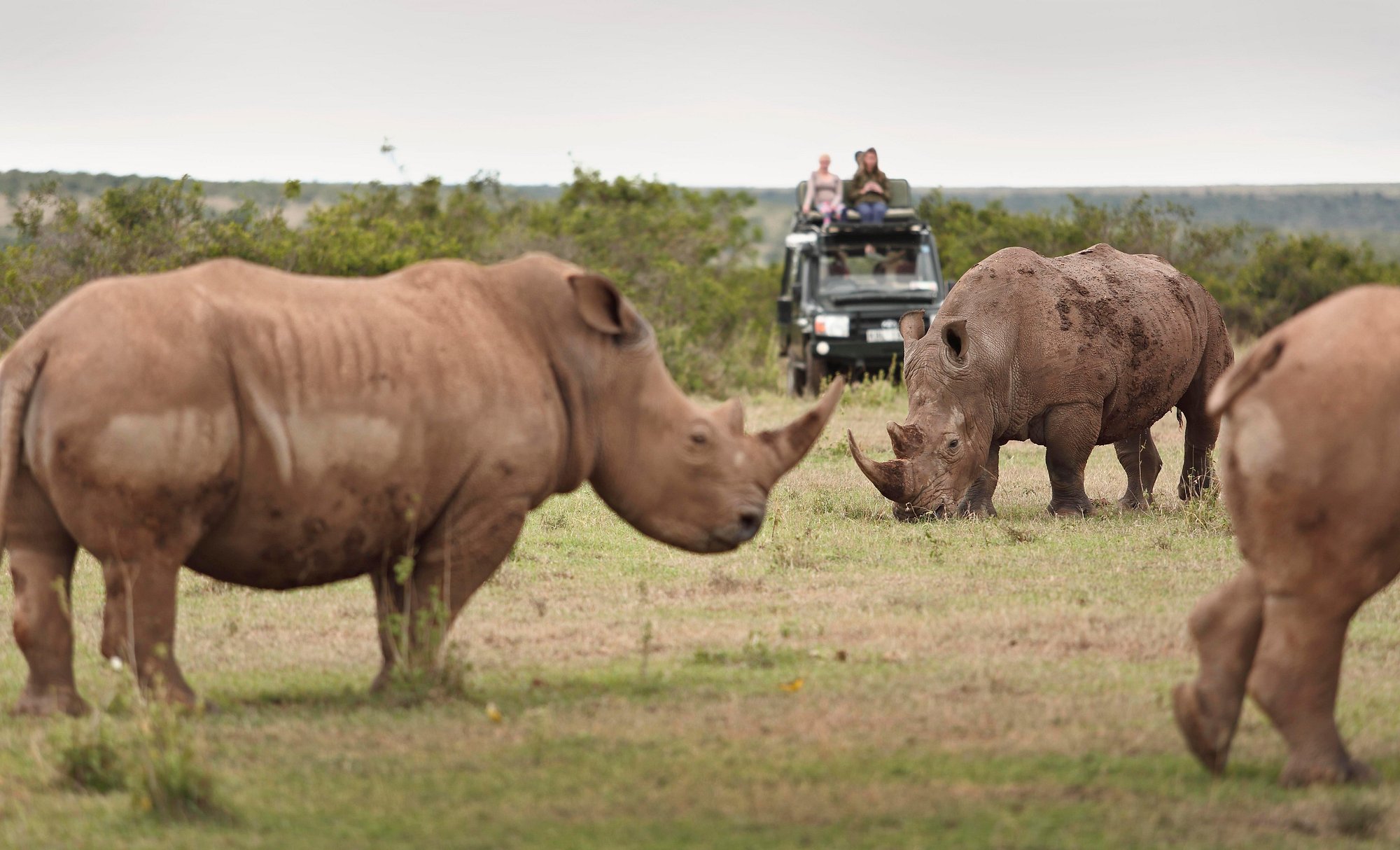
Citizen | Resident | Non-Resident | |||
Adults KSH | Child KSH | Adult KSH | Child KSH | Adult USD | Child
|
| 860 | 215 | 860 | 215 | 60 | 35 |
Where to Stay – Lodges & Camps in Lake Nakuru

Economy Level
Lake Nakuru Lodge
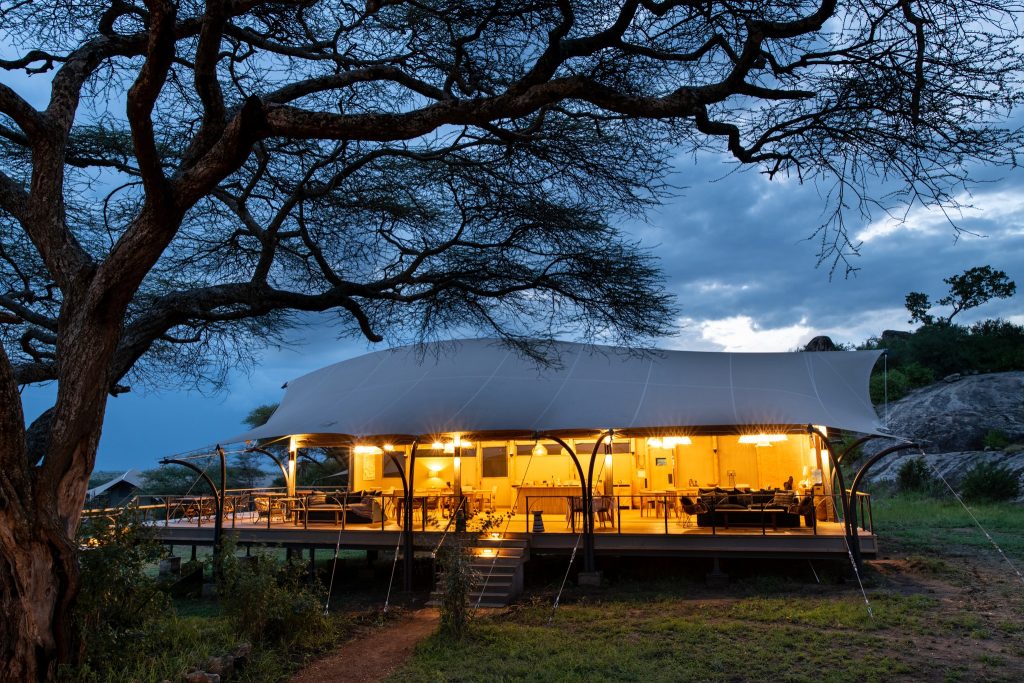
Comfort Level
Lake Nakuru Sopa Lodge
Sarova Woodlands
Mbweha Camp
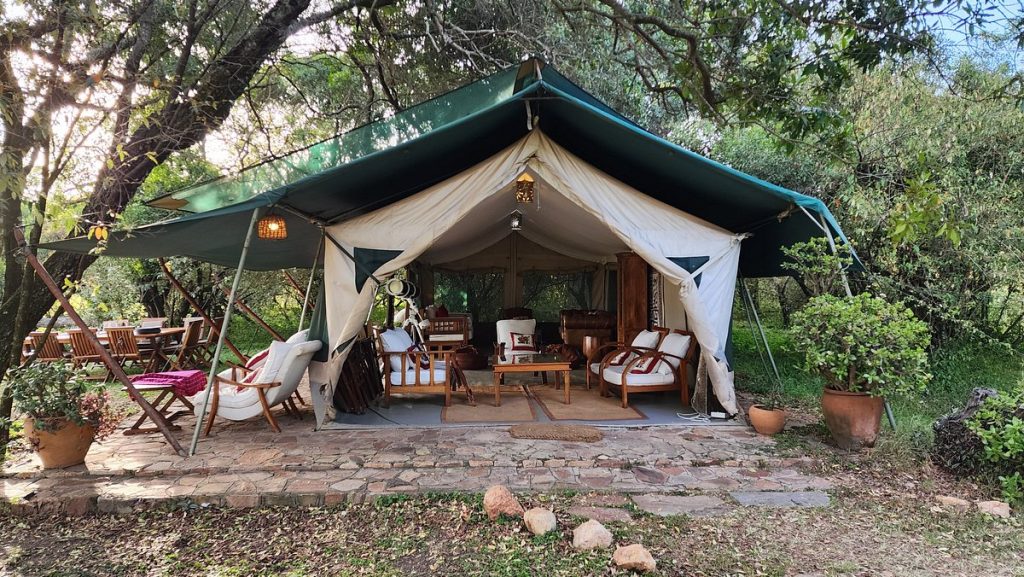
Luxury Level
Sarova Lion Hill Game Lodge
Flamingo Hill Tented Camp
Lake Elementaita Serena Camp
Cliff Nakuru Lodge
Popular Lake Nakuru Safari Packages
L. Nakuru, Naivasha day tour
L. Nakuru, Naivasha safari tour
4 Days Lake Nakuru & Naivasha Masai Mara Safari
6 Days Amboseli , Naivasha, Nakuru & Masai Mara safari tour
7 Days Amboseli, Lakes Naivasha and Nakuru, and the Masai Mara One week safari
7 Days Samburu, Aberdares, Lakes Nakuru & Naivasha, and Masai Mara safari tour
Book Your Lake Nakuru Safari Today
Daily departures available
Customizable safari packages
Lodge or camp stays included
Private and group safaris available
Call or WhatsApp Us Now: +254-112458884 Request a Free Quote →
Frequently Asked Questions: Lake Nakuru Safari
Yes, but numbers vary seasonally. Flamingos can now also be seen in nearby Lake Bogoria, but Nakuru still hosts thousands depending on water levels.
Expect to see rhinos, lions, leopards, giraffes, zebras, baboons, and a wide variety of birds.
It’s approximately a 2.5 to 3-hour drive, making it ideal for both day trips and longer tours.
Absolutely. Many guests combine Nakuru with Naivasha, Masai Mara, or Aberdare for a richer safari experience.

